
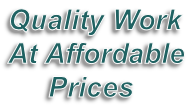

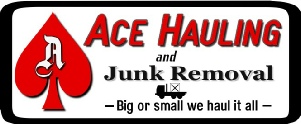
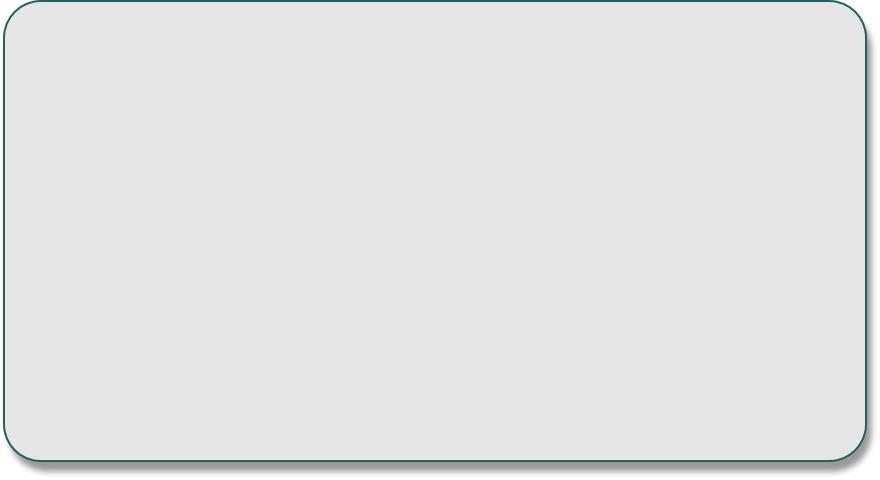
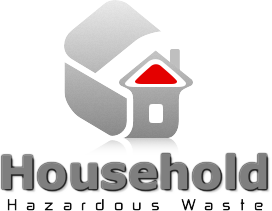
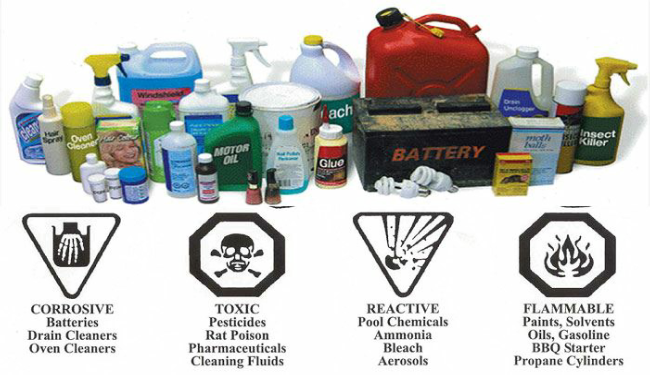
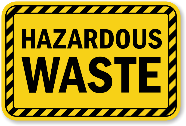
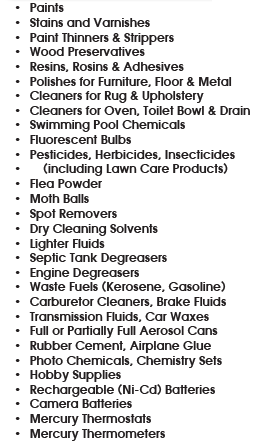

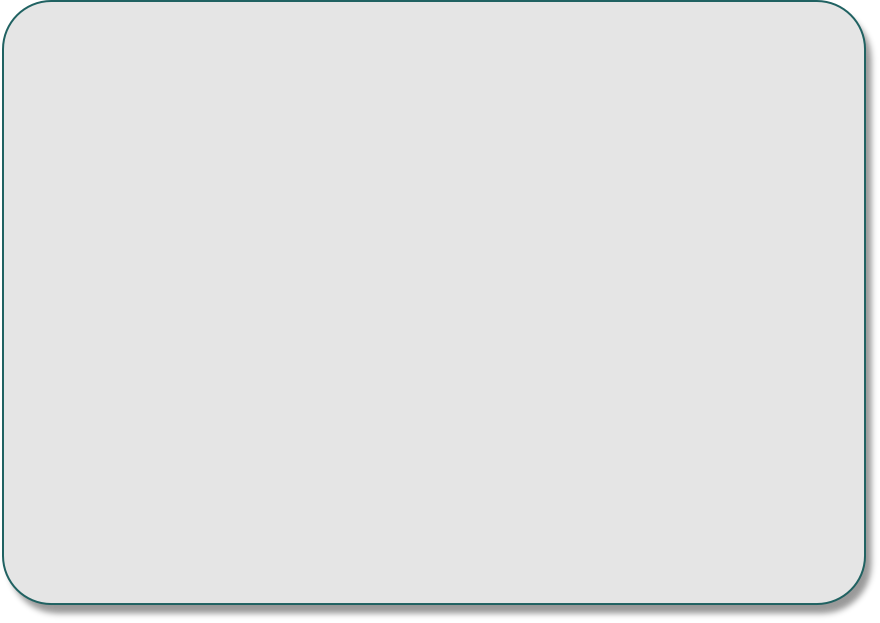
Household hazardous waste (HHW), sometimes called retail hazardous waste or "home generated special materials', is post-
Examples include drain cleaners, oil paint, motor oil, antifreeze, fuel, poisons, pesticides, herbicides and rodenticides, fluorescent lamps, lamp ballasts, smoke detectors, medical waste, some types of cleaning chemicals, and consumer electronics (such as televisions, computers, and cell phones). Household hazardous waste (HHW), sometimes called retail hazardous waste or "home generated special materials', is post-
Examples include drain cleaners, oil paint, motor oil, antifreeze, fuel, poisons, pesticides, herbicides and rodenticides, fluorescent lamps, lamp ballasts, smoke detectors, medical waste, some types of cleaning chemicals, and consumer electronics (such as televisions, computers, and cell phones).
* From Wikipedia, the free encyclopedia



Toxic materials are poisonous byproducts as a result of industries such as manufacturing, farming, construction, automotive, laboratories, and hospitals which may contain heavy metals, radiation, dangerous pathogens, or other toxins. Toxic waste has become more abundant since the industrial revolution, causing serious global health issues. Disposing of such waste has become even more critical with the addition of numerous technological advances containing toxic chemical components. Products such as cellular telephones, computers, televisions, and solar panels contain toxic chemicals that can harm the environment if not disposed of properly to prevent the pollution of the air and contamination of soils and water. A material is considered toxic when it causes death or harm by being inhaled, swallowed, or absorbed through the skin.
The waste can contain chemicals, heavy metals, radiation, dangerous pathogens, or other toxins. Even households generate hazardous waste from items such as batteries, used computer equipment, and leftover paints or pesticides.[1] Toxic material can be either human-
* From Wikipedia, the free encyclopedia
















